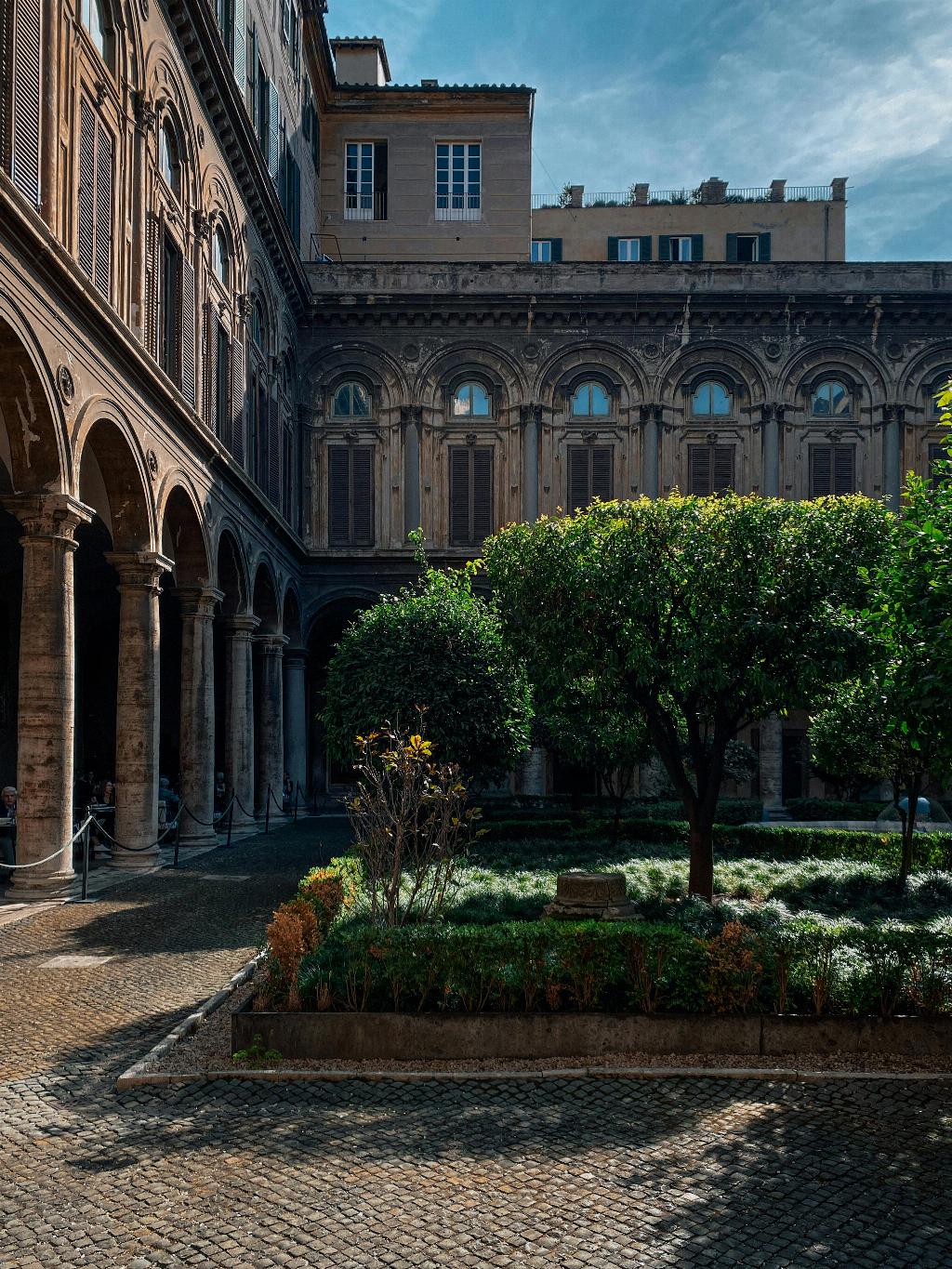When it comes to understanding the nuances between a shrub and a bush, it’s essential to delve into the subtle distinctions that separate these two botanical terms. While colloquially used interchangeably at times, there are key differentiating factors that help discern one from the other.
Height and Foliage Thickness
One of the primary distinctions between a shrub and a bush lies in their respective heights and foliage thickness. A bush typically has stems and leaves that almost touch the ground, giving it a low-lying appearance. In contrast, a shrub tends to be slightly taller than a bush, although not as towering as a fully-grown tree. Additionally, shrubs often exhibit thicker foliage compared to bushes, lending them a more lush and dense aesthetic.
Growth Patterns and Structure
Another factor to consider when differentiating between shrubs and bushes is their growth patterns and overall structure. Shrubs typically have multiple stems arising from the base, creating a bushy and multi-branched appearance. On the other hand, bushes may have a more compact and rounded form, with foliage extending close to the ground. This structural variation contributes to the visual disparities between the two plant types.
Botanical Classification
From a botanical standpoint, shrubs are classified as woody plants that have persistent stems and branches. They exhibit secondary growth, meaning they develop wood over time, contributing to their robust structure. In contrast, bushes are often used as a colloquial term to describe smaller, low-growing plants with multiple stems. While both shrubs and bushes fall under the larger category of woody plants, their specific characteristics set them apart in the realm of horticulture.
Functional Uses in Landscaping
Understanding the difference between shrubs and bushes can greatly influence landscaping decisions and design choices. Shrubs, with their taller stature and fuller foliage, are often utilized as focal points or boundary markers in a garden or yard. Their ability to provide visual interest and structure makes them ideal for creating privacy screens or defining outdoor spaces.
Aesthetics and Visual Appeal
When it comes to aesthetics, shrubs and bushes offer distinct visual appeals based on their respective characteristics. Shrubs, with their dense foliage and multi-stemmed growth habit, lend a sense of depth and texture to a landscape. They can create a lush backdrop or serve as anchor plants in various garden settings.
Environmental Adaptability
Both shrubs and bushes demonstrate a remarkable ability to adapt to different environmental conditions, making them versatile choices for landscaping projects. Shrubs, with their thicker foliage and robust structure, are often resilient to harsh weather conditions and provide year-round interest in the garden.
Pruning and Maintenance
Proper pruning and maintenance are essential aspects of caring for shrubs and bushes. While bushes may require more frequent trimming to maintain their compact shape, shrubs benefit from periodic pruning to promote healthy growth and shape the plant. Understanding the specific pruning needs of each plant type is crucial for ensuring their long-term health and vitality.
Seasonal Variations and Blooms
Seasonal variations in blooming patterns also distinguish shrubs from bushes. Shrubs are known for their vibrant blooms that often appear in clusters or spikes, adding a splash of color to the landscape. In contrast, bushes may exhibit more subtle flowering displays, with smaller blooms that contribute to their overall charm.
Landscape Design Considerations
When incorporating shrubs and bushes into landscape designs, it’s essential to consider their unique features and growth characteristics. Shrubs can be used to create visual interest and structure in a garden, while bushes are ideal for filling in gaps or creating low-maintenance borders. By understanding the distinctions between shrubs and bushes, landscapers can make informed decisions that enhance the overall aesthetic of outdoor spaces.
Harmonizing with Other Plantings
Harmonizing shrubs and bushes with other plantings is key to creating a cohesive and visually appealing landscape. Mixing different plant types can add depth and dimension to garden beds and borders, creating a dynamic and inviting outdoor environment. By carefully selecting and arranging shrubs and bushes based on their unique characteristics, gardeners can achieve a harmonious balance of color, texture, and form.
Conclusion
In conclusion, while the terms “shrub” and “bush” are often used interchangeably, there are distinct differences between these two plant types that stem from their growth habits, foliage thickness, and overall structure. By understanding these nuances, gardeners and landscapers can make informed choices when selecting and incorporating shrubs and bushes into their outdoor spaces, creating visually stunning and harmonious landscapes that delight the senses and nurture the soul.

